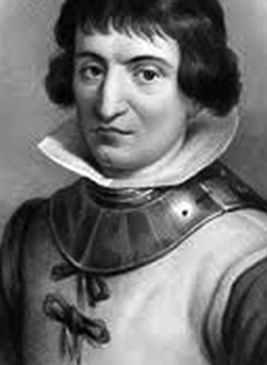

The Golden Age wasn’t so golden for women. Teresa de Iesus” (1632) (Life of the Venerable Mother Ana de Jesús, disciple and colleague of Santa María Teresa de Jesús) Brussels: Lucas Meerbeeck, Biblioteca Nacional de España (BNE) Ana de Iesus, discipula y compañera de la Sta. The exhibition is available online in Spanish and English, a format well-suited to this dense, delicate material, and to Wise and Valiant ’s history-expanding ethos.

Wise and Valiant: Women and Writing in the Spanish Golden Age rescues nearly 30 of them from historical oblivion in a display of over 40 manuscripts and publications - most of which have never previously been shown publicly - that span poetry, history, biography, diaries, letters, plays, novels, and travel books. They may not be memorialized by statues and street names, but hundreds of Spanish women wrote and printed their thoughts in Cervantes’s time. Now an exhibition sheds light on the extraordinary but overlooked women who not only spoke their minds, but published them, too. It was hard to know what 16th- and 17th-century Spanish women were thinking because so few españolas had ways of articulating themselves. MADRID - In Miguel de Cervantes’s Don Quixote, the lovelorn Cardenio famously asks, “What man can pretend to know the riddle of a woman’s mind?” Cardenio had a point: while Cervantes, Lope de Vega, Francisco de Quevedo, and other men were defining Spain’s Golden Age with their poetry, prose, and plays, most Spanish women were illiterate and stuck at home or educated in cloistered convents. 1625-1630) la “monja alférez”, que se hizo pasar por un hombre y narró fascinantes aventuras en su autobiografía (Portrait of Catalina de Erauso, the “Ensign Nun,” who made herself pass as a man and narrated fascinating adventures in her autobiography) via Fundación Kutxa Juan Van der Hamen, “Retrato de Catalina de Erauso” (c.


 0 kommentar(er)
0 kommentar(er)
